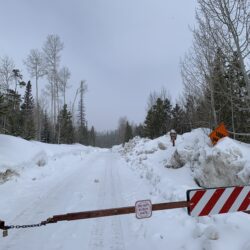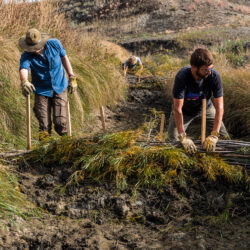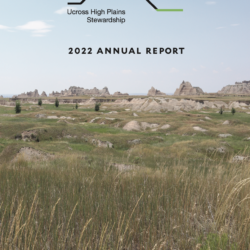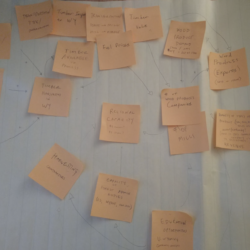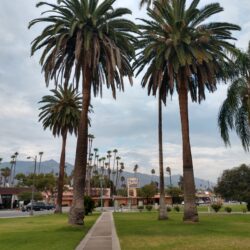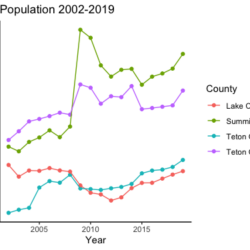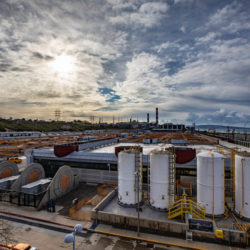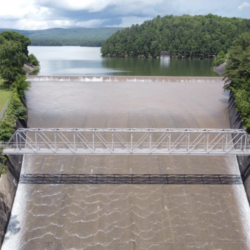A Brief Look at NDVI—Sam Wilson
Over the last eight months at Ucross High Plains Stewardship Initiative, our team developed a set of tools to assist in monitoring areas surrounding beaver dam installations in eastern Montana using remote sensing. One of these tools is focused on calculating normalized difference vegetation index (NDVI) across an area of interest and how it is Read more about A Brief Look at NDVI—Sam Wilson[…]


